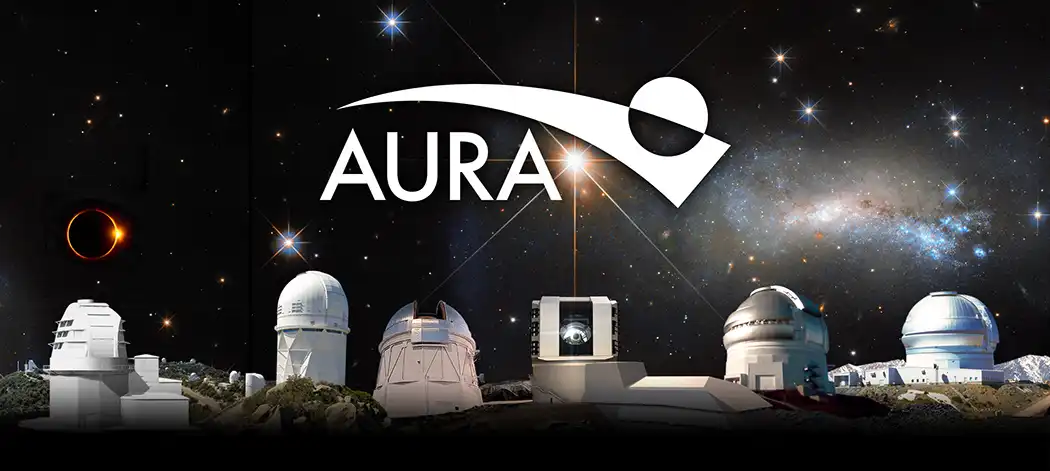Kīlauea eruption that started a week ago, continues at summit caldera

The eruption at Kīlauea volcano that began on Monday, Dec. 23, continues today. Over the past day, vents in the southwest portion of the caldera have continued producing a fan of lava flows covering the southwest portion of the crater floor, with sustained lava fountaining, according to a daily update issued by the Hawaiian Volcano Observatory.
Eruptive activity has been confined to Halemaʻumaʻu and the downdropped block within the caldera. No unusual activity has been noted along Kīlauea’s East Rift Zone or Southwest Rift Zone, the HVO reports.
SO2 emissions remain elevated, with a gas plume rising above the caldera this morning and carried to the southwest.
On Sunday morning, HVO geologists on the crater rim observed fountains reaching about 130 feet high. This morning, HVO geologists in the field report fountain heights of around 100 feet.

The HVO reports the current eruption at the summit of Kīlauea is the sixth eruption within the caldera since 2020. These eruptions in the summit region have lasted for about a week to more than a year in duration.
This eruption, like most others, started with vigorous lava and volcanic gas emission, but has paused twice and today shows moderate levels of activity, according to the HVO. Current fountaining intensity has been associated with deflation of the summit magma reservoir, which in earlier episodes led to pauses in eruptive activity; it is uncertain if these fountaining levels will be sustained.
Previous summit eruptions have exhibited vigorous activity in the opening days which can episodically wax and wane, or drop over time to sustainable low effusion rates, or slowly diminish and end, the agency reports.
- See the Hawaiʻi Volcanoes National Park website for visitor information: https://www.nps.gov/havo/index.htm.
- Vog information can be found at https://vog.ivhhn.org/.
- Kīlauea hazards: https://www.usgs.gov/observatories/hawaiian-volcano-observatory/hazards.









